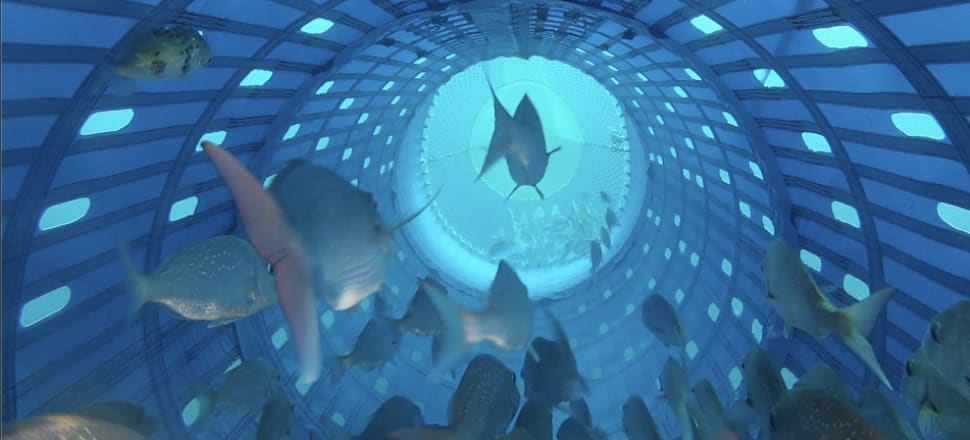
A group dominated by fishing firms and the Ministry for Primary Industries has come up with a sustainability transformation plan short on environmental specifics and timelines, and long on what sounds to some experts as awfully like a modified status quo.
It starts so well. The chair’s forward to the draft Fisheries Industry Transformation Plan makes it clear this is a significant document: Ka pū te ruha, ka hao te rangatahi – The old net is cast aside, while the new net goes fishing.
The plan, released for submissions late last week, has three priority areas: strengthening environmental performance; improving productivity and profitability; and supporting people and communities.
“Several actions have a strong environmental focus”, the executive summary says, including investing in innovation to accelerate selective fishing and reduce impact on the seabed and protected species; improving the use of data and modelling to avoid unwanted catch; and reducing the industry’s carbon footprint.
“The plan sets out a vision that Aotearoa New Zealand is acknowledged globally as the world leader in the innovative and sustainable production of premium seafood and bioproducts,” says leadership group independent chair Wayne McNee.
READ MORE: * Rod Oram: NZ ocean strategies all at sea * There can be no future without fishing – Cawthron science boss
Ka mahi. But...
“It’s a massively necessary step and long overdue, and it has a lot of the right stuff,” says Katherine Short, a marine management advocate for 25 years and co-owner of ‘blue economy’ advisory company Terra Moana.
But the pace of implementation is way too slow. "There are no timelines, just a lot of ‘we will spend the next three years analysing and assessing’, when actually we just need to get on with it."
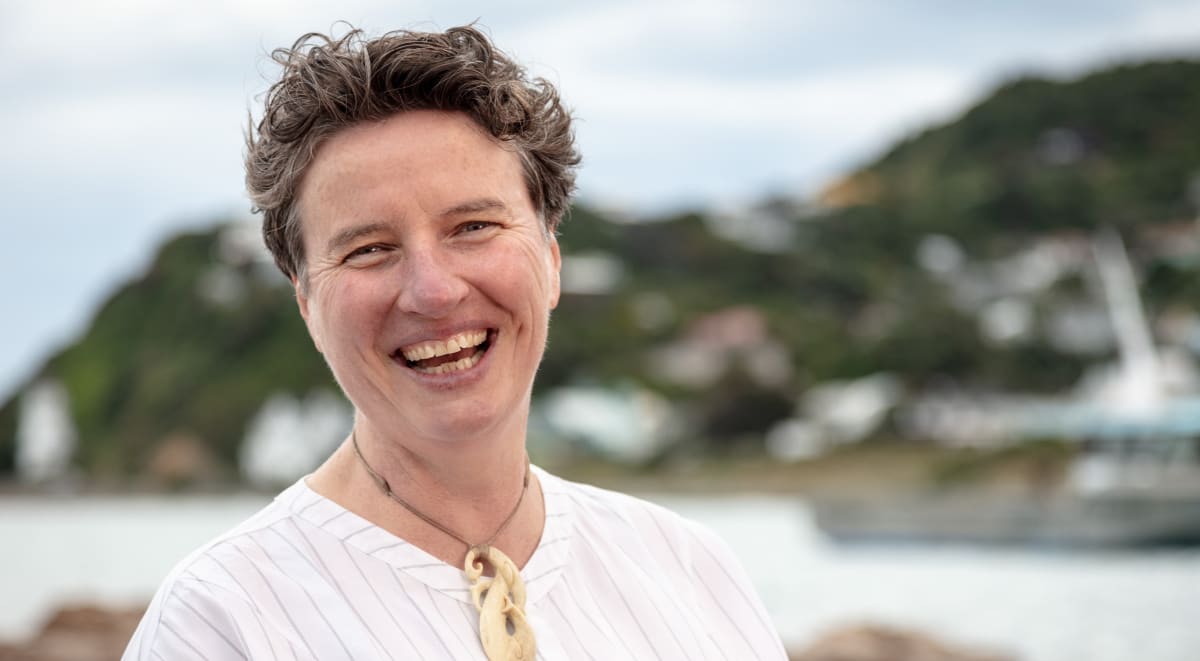
“We have significant knowledge already – from, for example, the Sustainable Seas National Science Challenge, which began research in 2014 – which would inform implementation.
“Now we need to sit down, learn from what’s being done in Sustainable Seas, appoint an Oceans Commission, write an Oceans Act, set some deadlines, and massively scale up investment in marine management.”
Similar sentiments about the industry plan come from marine environmentalist expert (and fishing industry critic) Shaun Lee.
“There are lots of small good things in the plan, many of which are already underway,”
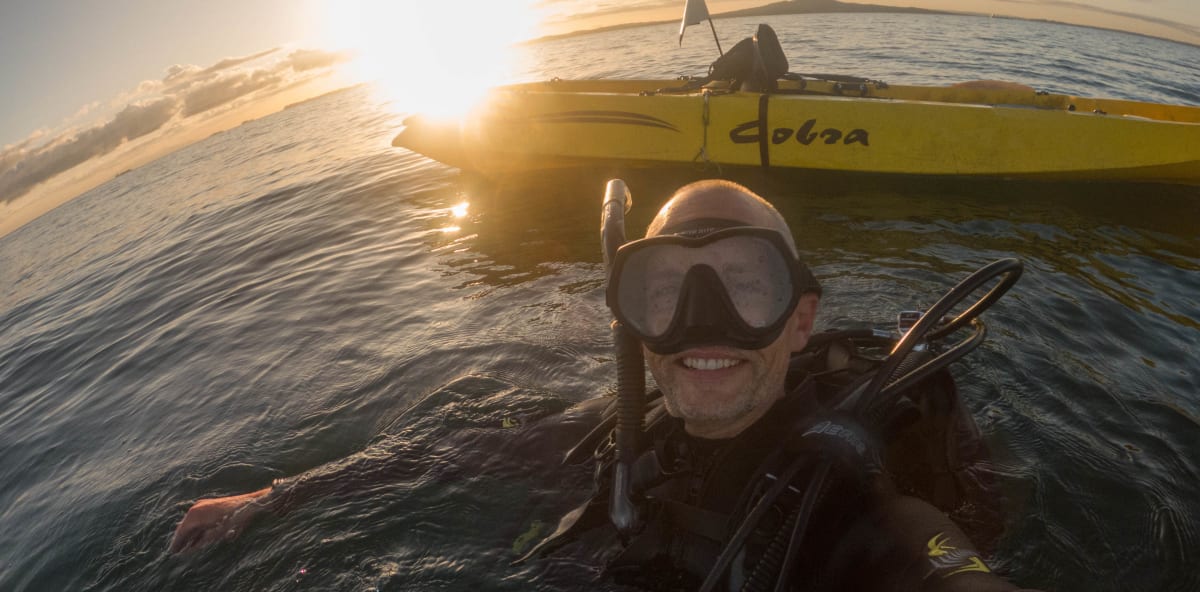
But... Fisheries NZ is tweaking the system and "playing catch-up".
The plan uses the word sustainability only to refer to the industry and the stocks that support it. "The damage the industry does to ecosystems and protected species is not sustainable," Lee says.
“Fisheries NZ needs to start doing ecosystem-based management to stop the spread of kina barrens and the extinction of our seabirds. And our government is not creating the real pressures we need to push the industry to innovate for a healthier ocean.”
Commercial fishing 101
Aotearoa New Zealand may be small, but our island geography means our exclusive economic zone – the 200 nautical miles around the country where we have special fishing rights – is big. It's more than 4 million square kilometres, or the sixth largest zone in the world.
Government figures show that in 2022, 840 fishing vessels operated in our waters, catching approximately 341,500 tonnes of fish and generating $1.45 billion in export revenue. The seafood sector employs 12,490 people and Māori own at least 40 percent of all fishing quota.
But with size comes the potential for harm.
Endangered sealions and other species, including dolphins, get caught in nets and can lose out to fishing boats in the competition for food. Albatrosses, penguins and other seabirds die in nets and on hooks, corals and sponges get dragged up and destroyed in bottom trawling, and seabed ecosystems are lost. Alarming reports suggest increasing numbers of snapper and trevally in the Hauraki Gulf are chronically malnourished, and around the Coromandel and Bay of Plenty overfishing of predator species and warmer waters have led to ‘kina barrens’, where urchins graze through the seaweed and kelp and leave behind a bare or low productivity reef; crayfish stocks have almost disappeared in some areas.
From a climate change perspective, there are the emissions from diesel-powered fishing boats dragging heavy nets, and from jets zooming fish and seafood from NZ waters to high value export markets.
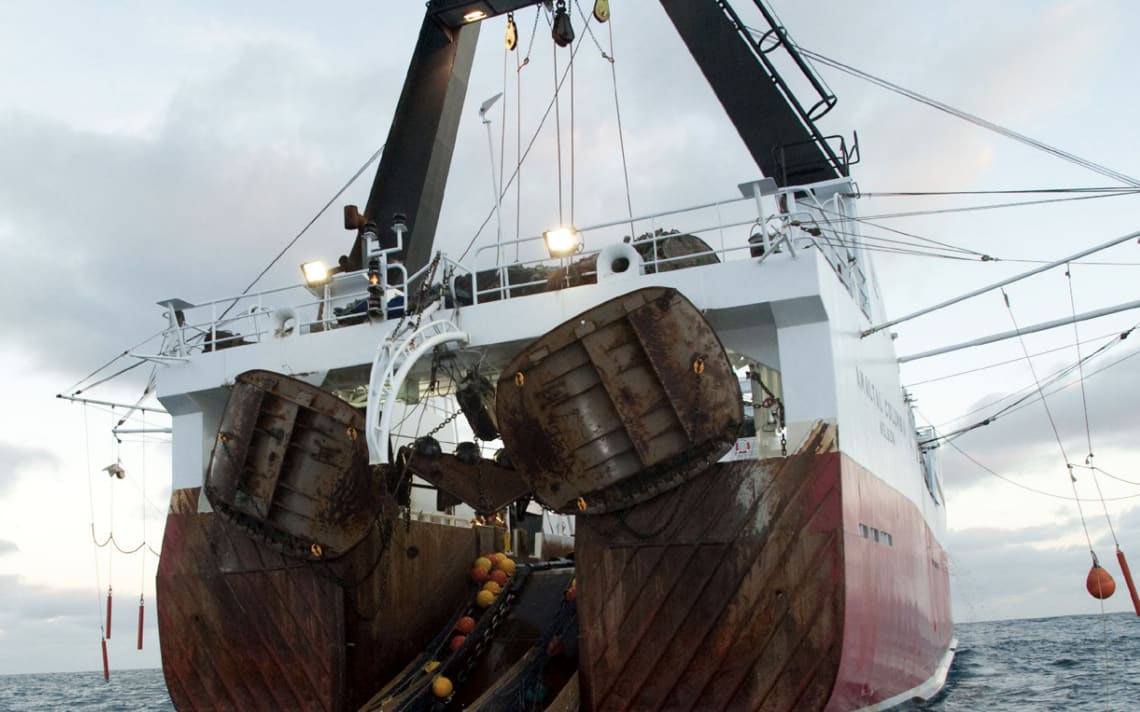
The industry transformation plan does not shy away from the fact there are environmental issues to solve. The first four 'measures of success' of the plan are: reduced environmental impacts; increased use of the best commonly available fishing technology by commercial fishers; reduced emissions across the industry value chain; and reduced median age of vessels. Like old cars, old boats produce more emissions.
"Improving environmental performance of commercial fishing is a key pillar of this plan," the ITP says. "Primary measures of environmental performance are being developed and reported on through other existing processes, including the National Plan of Action Seabirds, Threat Management Plans, and the Aquatic Environment and Biodiversity Annual Report....One way to reduce the environmental impact of fishing is to rapidly adopt technology that minimises environmental impact. Success will be measured by an increase in the use of the best commonly available fishing technology by commercial fishers."
Innovation and change
Action plans include establishing and resourcing an innovation programme to accelerate research into reducing bottom trawl impacts and protected species interactions, and establishing a priority project to drive development of new fishing gear and methods to reduce adverse impacts on the ocean floor to the maximum extent practicable.
Case studies within the report suggest some companies are already making changes. For example, Moana, NZ's largest Māori-owned fisheries company, has invested in a mapping tool and worked with its contract fishers to understand exactly where they are fishing.
"Where possible, they have overlaid habitats of significance data against fishing behaviour to show how these areas are being avoided," the report says.
Meanwhile, "all participants have made modifications to their gear to lessen their impact on the seafloor and/or reduce bycatch, many have modified their headline gear to increase selectivity and their mesh size to reduce small fish bycatch, and all have ideas on how they can be even better, but need support to bring their ideas to fruition".

It's not easy, says Green MP Eugenie Sage, chair of Parliament’s Environment select committee. She is frustrated at the lack of concrete proposals and timelines in the industry plan. “Saying we need to do more research is kicking the problem down the road. There has, for example, been work on precision fishing for many years, heavily funded by government. We know what the scientists say, including on bottom trawling and seamounts; now we need to take action to protect our marine environments.”
“It’s good to hear Fisheries NZ talk about using public money to actively restore damage caused by the fishing industry, but it’s somewhat hypocritical to allow the industry to continue damaging habitats at the same time.” – Shaun Lee, Hauraki Gulf campaigner
Sage worries particularly that work on habitat restoration is progressing far slower in the sea than on land, where it is much more visible. For example, the draft transformation plan says that "in three years time, at least three or four feasibility studies will be complete to determine opportunities to apply new methods of habitat restoration and ocean enhancement [and] pilots will be underway for methods identified as promising... Commercial and recreational fishers, Māori, and environmental groups will be working more closely together to support habitat restorations that enhance fish stocks and restore the marine ecosystem.”
That's too long a timeframe to begin work, Sage says, too slow to pull different stakeholders together. Anyway, she argues much of the research needed to start repairing ecological damage is already available, here and overseas.
"It's more consultation, more delay, another report."
Just the start
Jeremy Helson, chief executive of fishing industry association Seafood NZ, says the real value of the transformation plan in terms of sustainable fishing is it draws everything together and "starts to address a range of issues and opportunities in unison".
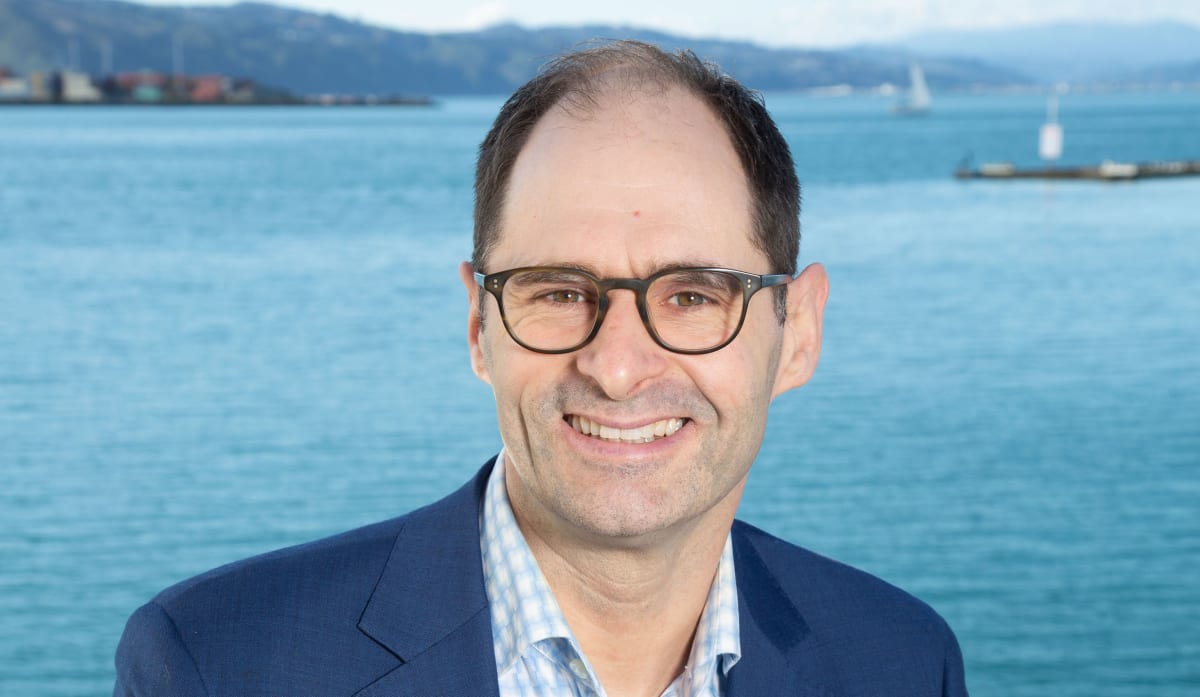
There are a lot of measures being taking by fishing companies in terms of environmental performance, he says, and the plan "draws them together into a coherent discourse, and adds emphasis and commitment."
Helson says the issues around bottom trawling and around seamounts are complicated, but not insurmountable.
The industry accepts it may need to look more carefully at how it fishes, and treat different parts of the seabed differently, he says. "Some areas are highly biodiverse and we may need to take a different approach.”
“If you know in real time what you are catching, you can fish smarter and for shorter durations. There’s also the chance to release unwanted catch or protected species in real time.” – Jeremy Helson, Seafood NZ
Helson says the industry plan provides renewed emphasis on sustainability-related workstreams, including reducing interactions with protected species, seabird catches, trawl footprint, the efficiency of vessels and the industry’s carbon footprint.
The plan should also make it possible for fishing companies and operators to capitalise on some of the latest industry technologies, including precision nets, cameras in nets under water, and AI which can identify species in while a boat is on the water.
“If you know in real time what you are catching, you can fish smarter and for shorter durations. There’s also the chance to release unwanted catch or protected species in real time.”
Deep problems
But Lee calls the industry transformation plan “all carrot and no stick”.
“It’s good to hear Fisheries NZ talk about using public money to actively restore damage caused by the fishing industry, but it’s somewhat hypocritical to allow the industry to continue damaging habitats at the same time.”
"Despite calling this a breakthrough plan, if it were implemented as they propose, the industrial trawl industry would be getting permission to continue bottom trawling on all the 1,000m+ seamounts that they have trawled in the past decade." – Karli Thomas, Deep Sea Conservation Coalition
Other marine sustainability experts had the a similar message around fishing in the most ecologically sensitive areas, particularly using bottom trawling (weighted nets dragged along the sea floor and hauling in species like hoki and orange roughy). It must stop, they say, and the Industry Transformation Plan does not properly address this issue.
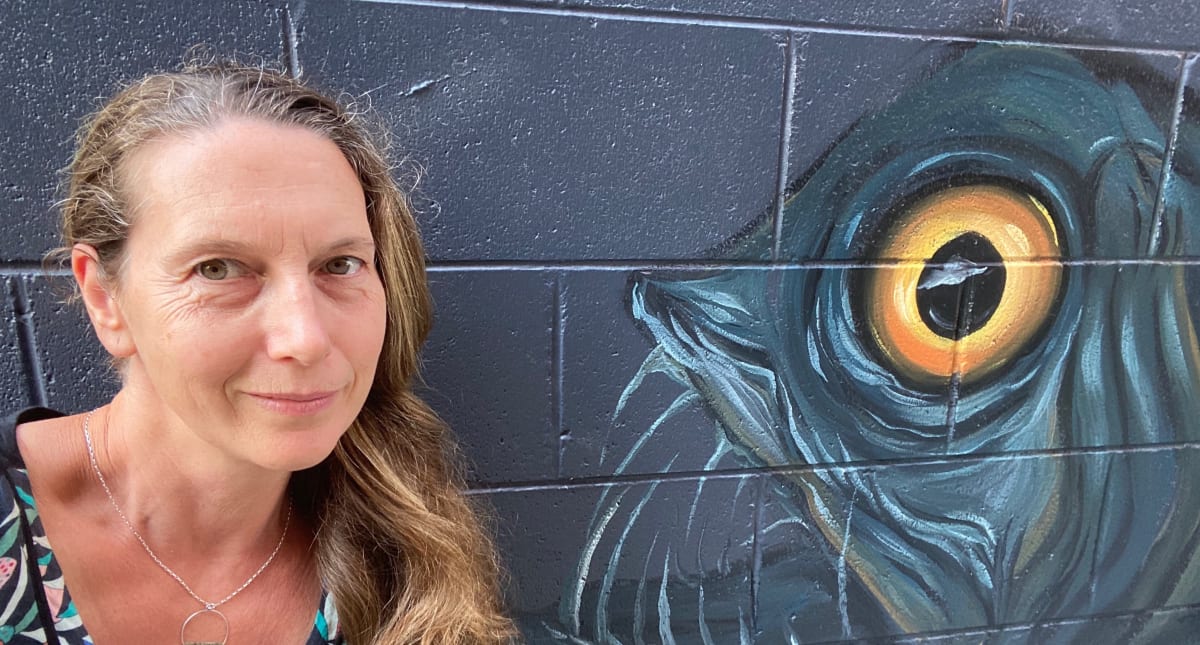
An easy first step would be banning bottom trawling on seamounts, says oceans campaigner Karli Thomas from the Deep Sea Conservation Coalition. Seamounts – undersea mountains formed by volcanic activity, whose slopes often harbour nutrients and can support a huge range of marine life from corals to fish to crustaceans – are cool but controversial.
New Zealand is the only country still using bottom trawling in the South Seas, Thomas says. A petition to Government calling for seamount protection garnered 80,000 signatures. But the draft fisheries industry transformation plan ignores the vast majority of seamounts, she says, using a definition of the features (that they only qualify if they are over 1000 metres high) considered by many scientists to be outdated.
“The industry’s call has been to push for the status quo to continue. Despite calling this a breakthrough plan, if it were implemented as they proposed, the industrial trawl industry would be getting permission to continue bottom trawling on all the 1,000m+ seamounts that they have trawled in the past decade, plus several more that have not been bottom trawled in more than a decade.
“We know from New Zealand and overseas research that the first small signs of coral regrowth in trawled areas may be seen in a 10-20 year timeframe. So the industry proposal could see trawling over those first stages of recovery. And any features less than 1,000m in height (even though we know these are also home to coral and sponge communities) are ignored altogether under the industry proposal, and would remain at risk.”
Helson says It's not just the fishing industry; how the Government reacts to the draft plan will be critical to achieving its outcomes.
“One of the opportunities in the Industry Transformation Plan is government and industry sitting down together and looking at the long term plan. If there are more specifics from government about what they are looking for, it would go a long way to engender more confidence that industry could invest in reducing their environmental footprint.”
A more holistic approach
Professor Simon Thrush is head of the University of Auckland’s Institute of Marine Scientists. He calls the Industry Transformation Plan “a big step forward” in that it sees the fishing industry starting to think about its impacts in terms of climate change, and marine ecosystems.
But... “it doesn’t go far enough”, he says. It’s still too focussed on ‘sustainability’ in terms of future fishing industry profitability and productivity, rather than the ‘sustainability’ of the marine environment. And it doesn’t cast its net widely enough in terms of stakeholders.
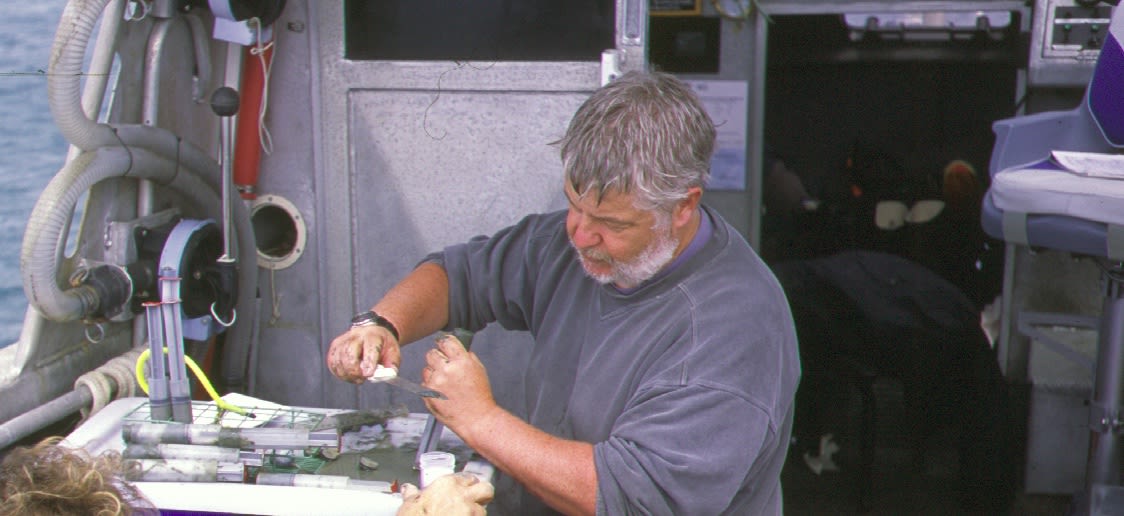
The leadership group which put the draft report together is heavily weighted in favour of the fishing industry: Talley’s, Ngai Tahu (a big quota owner), Harbour Fish, Moana, and Seafood NZ are all represented. There’s a Māori fishing industry consultant, two representatives from MPI/Fisheries New Zealand (one with a background in economic performance, the other fisheries management), a former MAF/MPI/Fisheries leader, a union rep, a food scientist, and one environmentalist – WWF sustainable fisheries expert Bubba Cook.
“Fisheries have to sit at the table with some sense of sharing of power with other people using our oceans. This report doesn’t even get close to exploring how that’s going to work for them." – Professor Simon Thrush, University of Auckland
Even Cook, as the only NGO representative, was a last-minute addition to the leadership group – pulled in at the end of 2022 after the process had already started.
“It’s very limiting for the future to have such a narrow group,” Simon Thrush says. “Globally, fish management and environmental management are becoming much more holistic; we’ve been working on ecosystem management for oceans through the Sustainable Seas challenge for a decade, and these issues have been discussed and written about for a couple of decades before that.
“Fisheries have to sit at the table with some sense of sharing of power with other people using our oceans. This report doesn’t even get close to exploring how that’s going to work for them and I see that as a missed opportunity.”
The fishing industry disputes a lack of engagement. Jeremy Helson says the leadership group spoke to NGOs as part of the development ITP and welcomes input in the future. The report discusses hearing from Māori, environmental groups, and speakers with expertise in science, innovation and commercialisation.
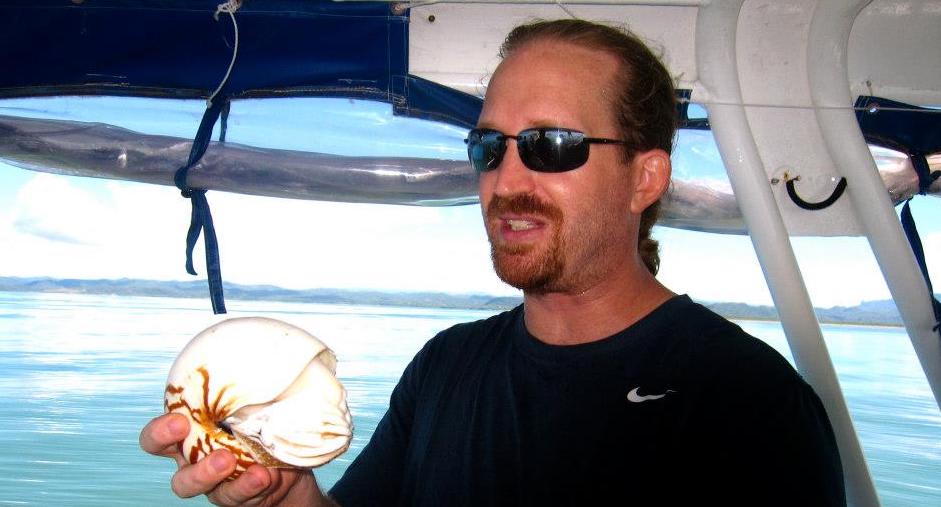
WWF’s Bubba Cook says he was pleased to be “inside the tent” for the preparation of the report. Environmental groups are calling for transparency and traceability in the fisheries industry and it was good to see some mention of these issues in the final report. But once again, there need to be concrete actions and timelines.
“If we are to hold the fishing industry accountable for their impacts, there have to be the tools and information to markets and consumers about what they are buying. At the moment it’s really hard to tell where a snapper comes from; whether it’s caught using gear a customer might prefer not to support, or in a sensitive marine area.”
Icelandic fishing boats are required by law to report their daily catches, including what’s caught, how it’s caught, and where, Cook says. And that information is publicly available on the internet every day.
"The default should be that information is public." – Bubba Cook, WWF
“It should be like that here. Once consumers can inform themselves that will incentivise better behaviour on the water – more environmentally friendly fishing gear and better discard rates.
“Fish are a public resource, fisheries management is paid for using public funds; the taxpayer funds both research and information gathering on bycatch and discards. The fisheries are intended to be managed in the public interest.
“So the default should be that information is public.”
If nothing else, public lack of confidence in the fishing industry – mentioned as a reputational problem for the industry in the ITP and in a 2021 report from Dame Juliet Gerrard, the Prime Minister’s chief science advisor – should be pushing both the government and companies to move faster, Eugenie Sage says.
“It’s not enough to rely on partnerships between government and industry. The Government needs to use its regulatory powers to take action.”
Submissions on the draft industry transformation plan are open until June 11.



!["[T]he First and Fifth Amendments Require ICE to Provide Information About the Whereabouts of a Detained Person"](https://images.inkl.com/s3/publisher/cover/212/reason-cover.png?w=600)



